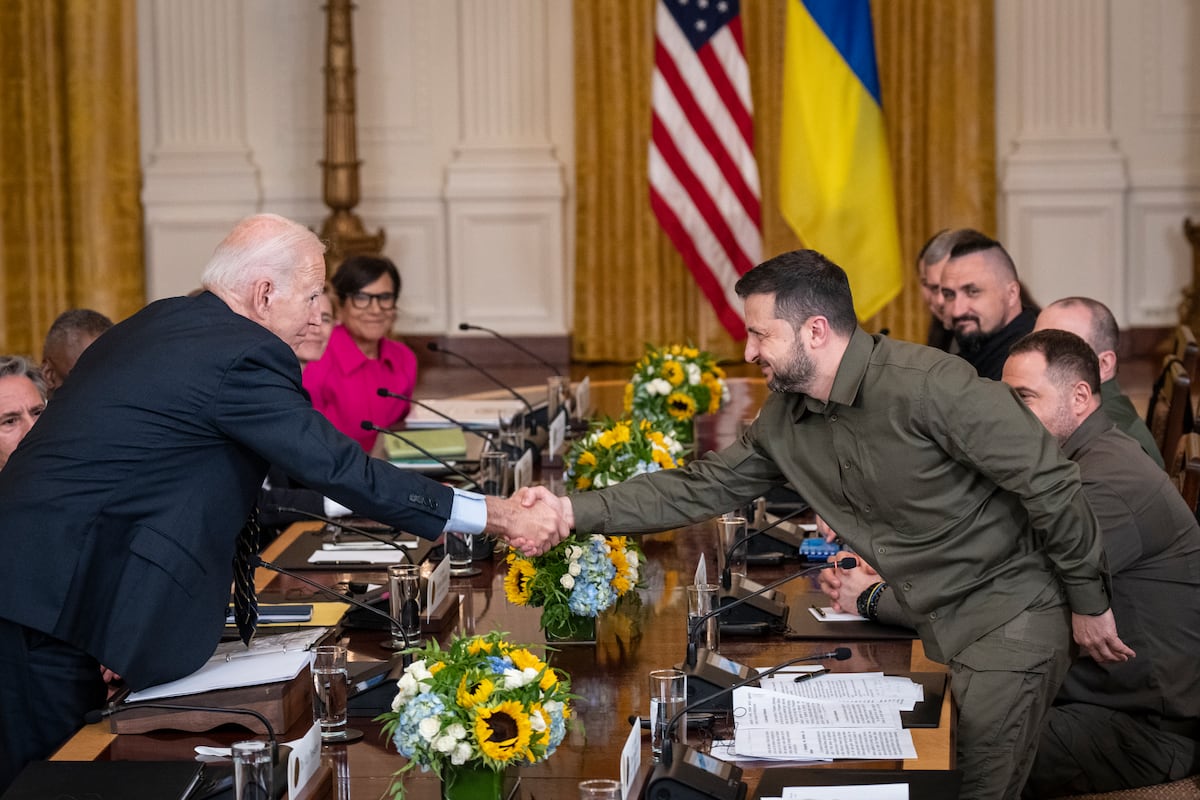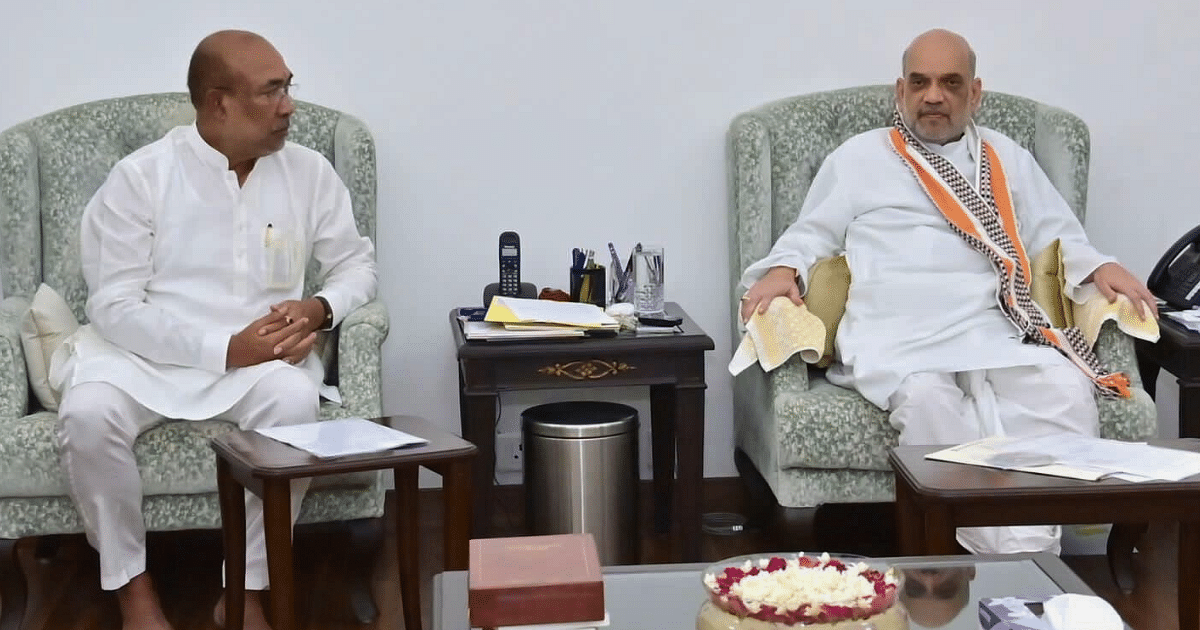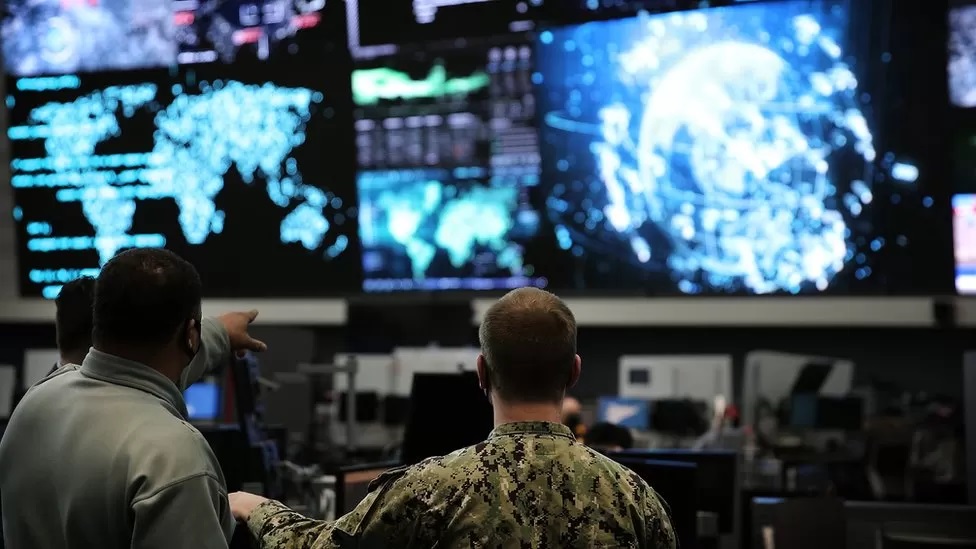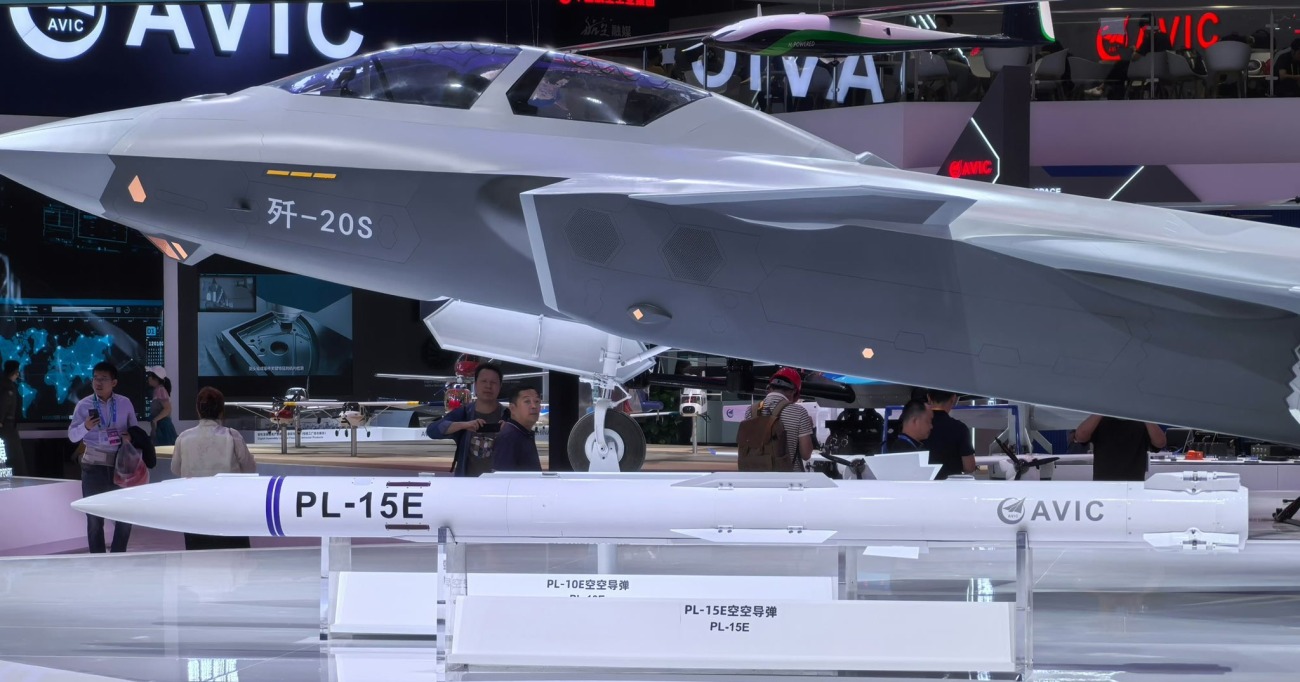U.S. Authorizes Ukraine to Fire Long-Range Weapons into Russia Amid Rising Tensions
MANILA, Philippines — In a significant shift in policy following extensive discussions, the United States has granted Ukraine the authority…
India Concludes Mega Tri-Service Exercise ‘Poorvi Prahar’ Near China Border
A significant tri-service military exercise, known as 'Poorvi Prahar', is set to conclude today in the eastern sector near the…
Fresh Violence Erupts in Manipur Amid Ongoing Ethnic Clashes; Bodies of Abducted Individuals Found
Fresh violence has erupted in Manipur following the grim discovery of three bodies from a group of six abducted individuals…
Retired Navy Official Loses Rs 24 Lakh to Digital Arrest Scam in Mumbai
In a shocking case of digital fraud, a 66-year-old retired Indian Navy officer has reported a significant financial loss amounting…
Cyber Intelligence in Modern Warfare: Insights from CIA Veteran Darrell M. Blocker
In an exclusive interview with The Defense Post, Darrell M. Blocker, a veteran of the CIA’s clandestine service with 28…
China Unveils Advanced J-35A Fighter and Sixth-Generation Fighter at Zhuhai Air Show
China's Zhuhai Air Show in Guangdong province has taken on a heightened significance this year, showcasing a remarkable display of…






